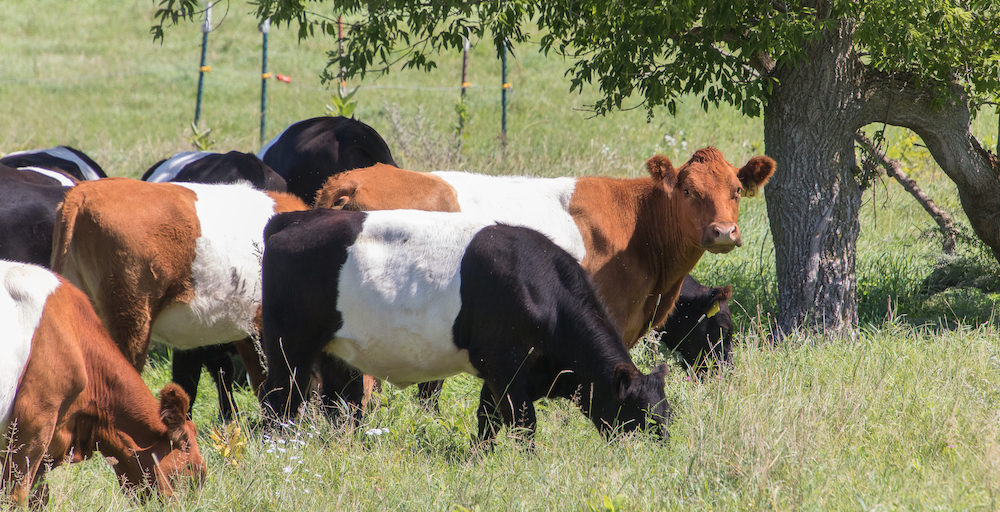My bad! This update is to correct slander to our friends, the bees, and to provide helpful info about the differences between bees, hornets, wasps and yellowjackets.
August 30
Was it just a few weeks ago that lovely elder flowers were in bloom? August has just flown! The day’s are getting a bit cooler now and it’s a race with the birds for the berries.
Yesterday afternoon, I spent about an hour and a half picking ripe elderberries (Sambucus nigra) on state land that abuts a friend’s farm. What a thicket! The area is a jungle of 10-ft high elderberries, tangled vines, and a treacherous mat of foot-snagging fallen branches.

Elderberries – Sambucus nigra
The sun was high and some of the vines were thorny. I was very glad for my thick jeans, long-sleeved shirt, and wide-brimmed hat. I worked for those berries! Over and over, I’d reach up to a hanging cluster, snip the thick main stem, and drop the heavy berries into a bag. About an hour in, I tripped and fell to my knees when I failed to high-step over fallen brush. No harm done.
But, just as I was thinking I was done for the day, I felt hot pain on my left thigh. A yellowjacket (not a couple of bees) had made its way up my pants leg and wasn’t happy about it. It panicked and stung several times. I crushed it through my thick jeans to stop the assault. It hurt!
Once home, I changed out of my elderberry-stained jeans and discovered the inert body of what I at first thought was a bee. After some research, I now know it was an aggressive yellowjacket, a type of wasp. The difference between bees and this insect is evident in the markings on the lower abdomen.

Yellowjacket
Like all wasps, yellowjackets have a segmented body — a nipped-in waist — and are decorated with yellow-and-black geometric patterns. And where a bee can sting you only once, yellowjackets and hornets can sting multiple times.

Bee on echinacea
Here’s some more information about the differences between bees, wasps, yellowjackets, and hornets.
Back to the elderberries: it took well over an hour to strip the fruit from the stems. Now, that’s a messy job! Thank goodness for disposable gloves. Unfortunately, my t-shirt got the worse of it. I’ll have to see what I can do to lift that ink.
About four quarts of berries now rest in the freezer until I have time to process into a heavy syrup. That syrup is the foundational ingredient of my immunity-boosting tonic for the cold/flu season (also includes honey, echinacea and brandy). It’s really helped the last three years.
As for the insect stings — the area’s hot, red and swollen. The first thing I did was rub some lavender essential oil over the area. Then I splashed on witch hazel, and combined tinctures of echinacea, plantain and St. John’s Wort.
Today, Aug. 31st, I’ll apply a compress of freshly mashed plantain leaves combined with dried holy basil moistened with a strong tea of boneset, skullcap, and yarrow. These should help reduce the swelling, heat and pain.
There is so much life and bounty around us. Interested in herbs, shrubs and trees that provide herbal remedies? Leave me a comment or email me, sylvia@bullbrookkeep.com. Thanks.
Sylvia
Like this:
Like Loading...




















